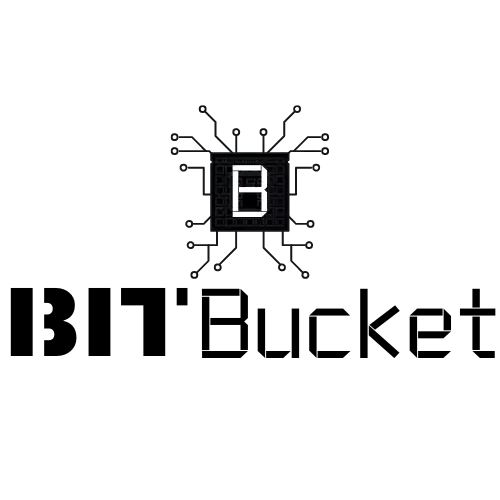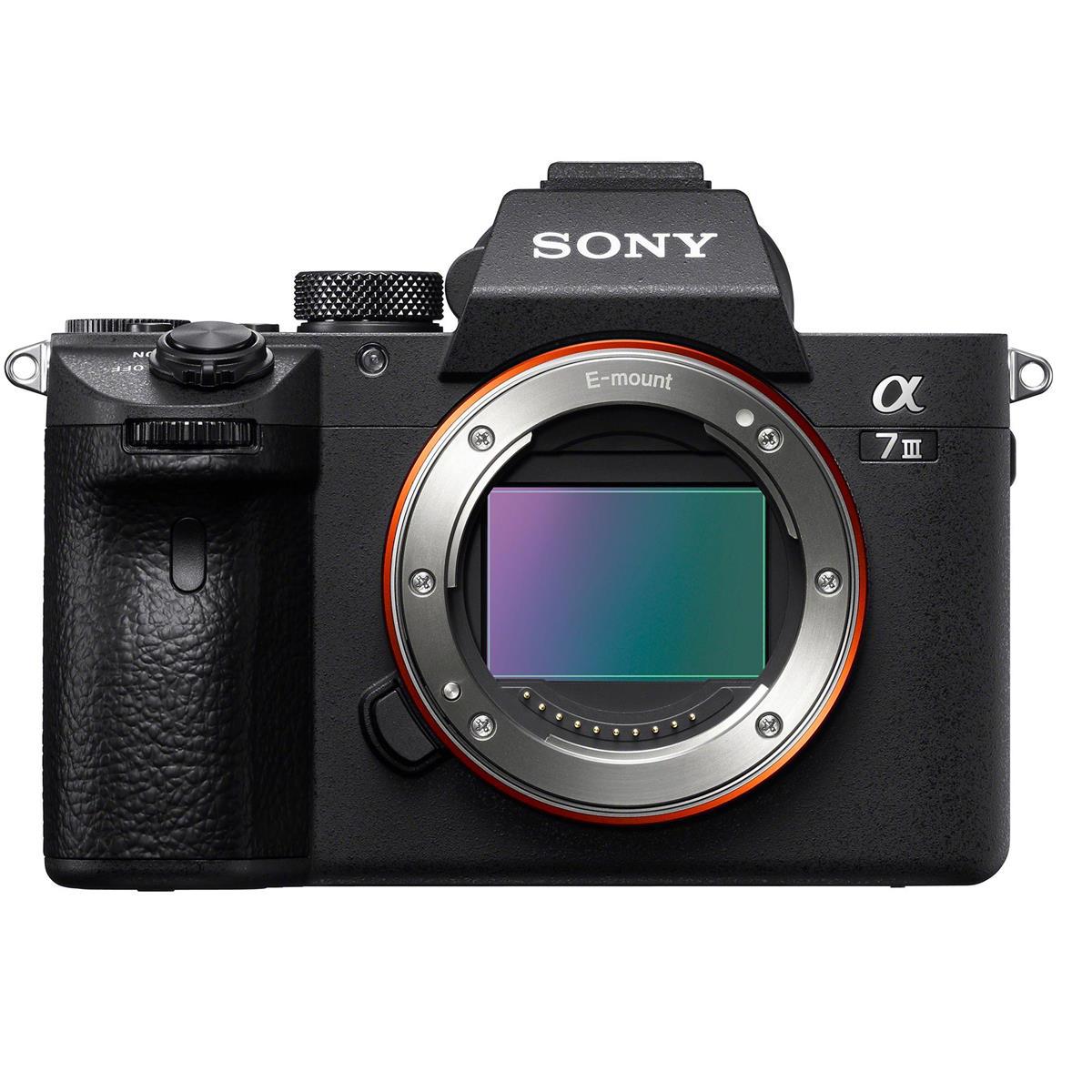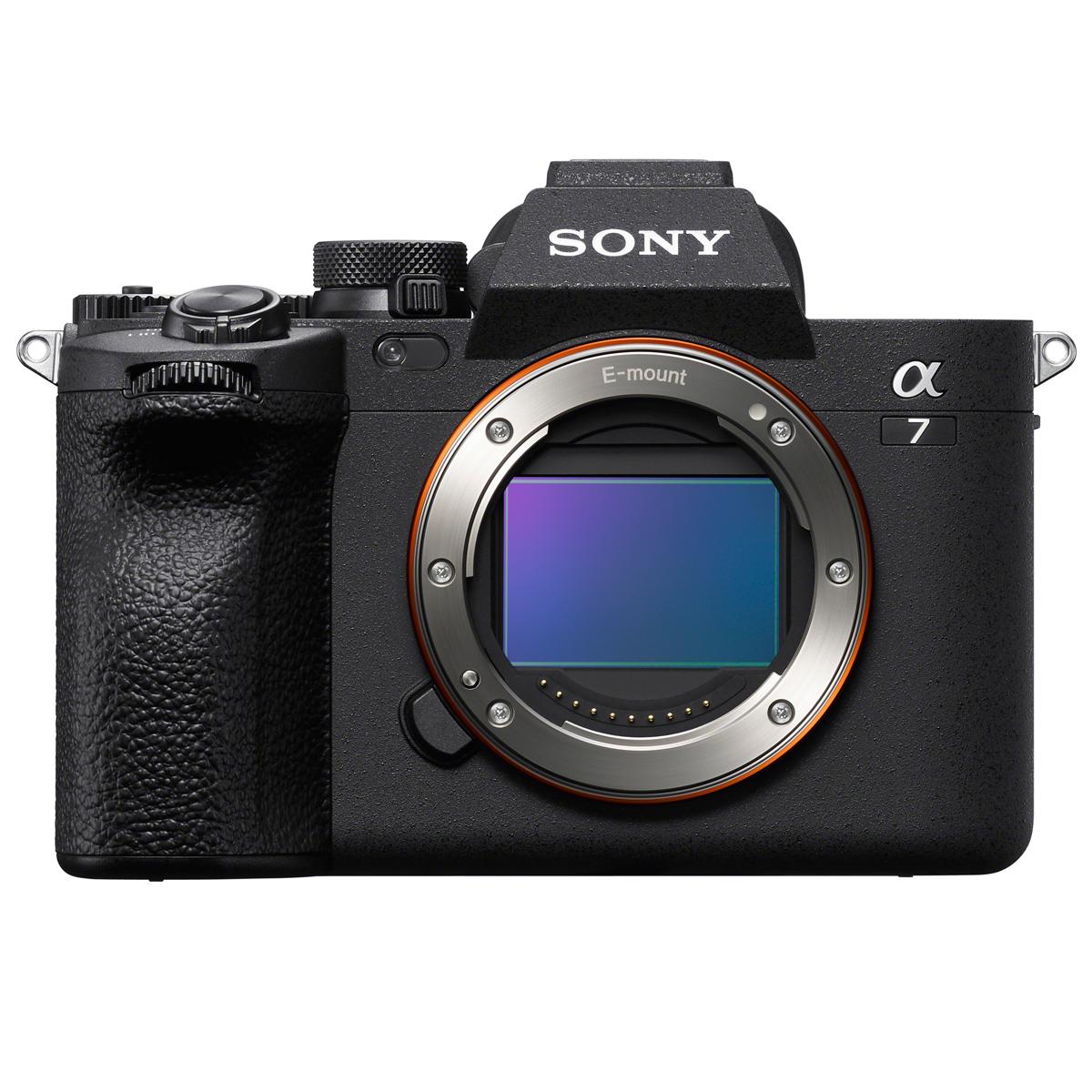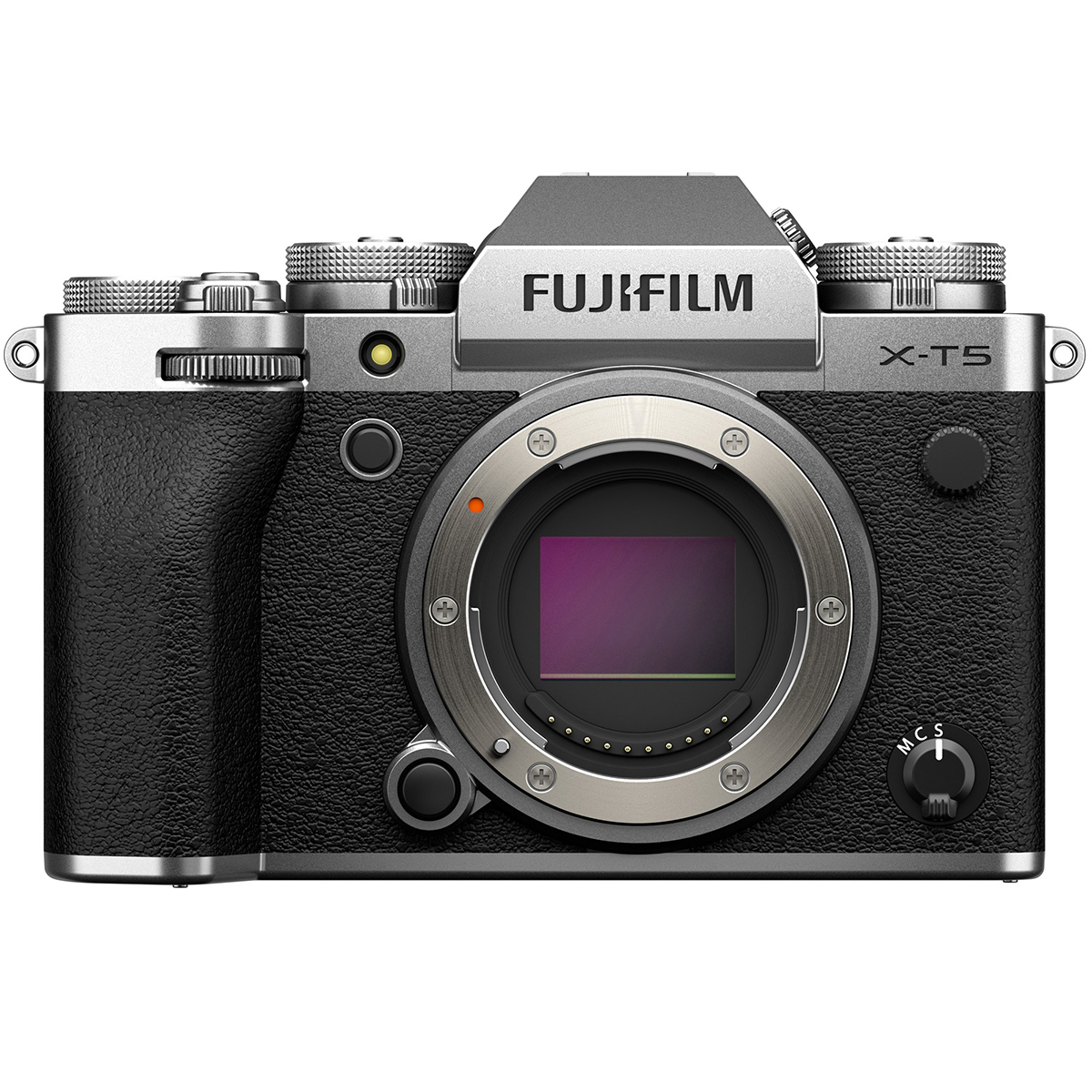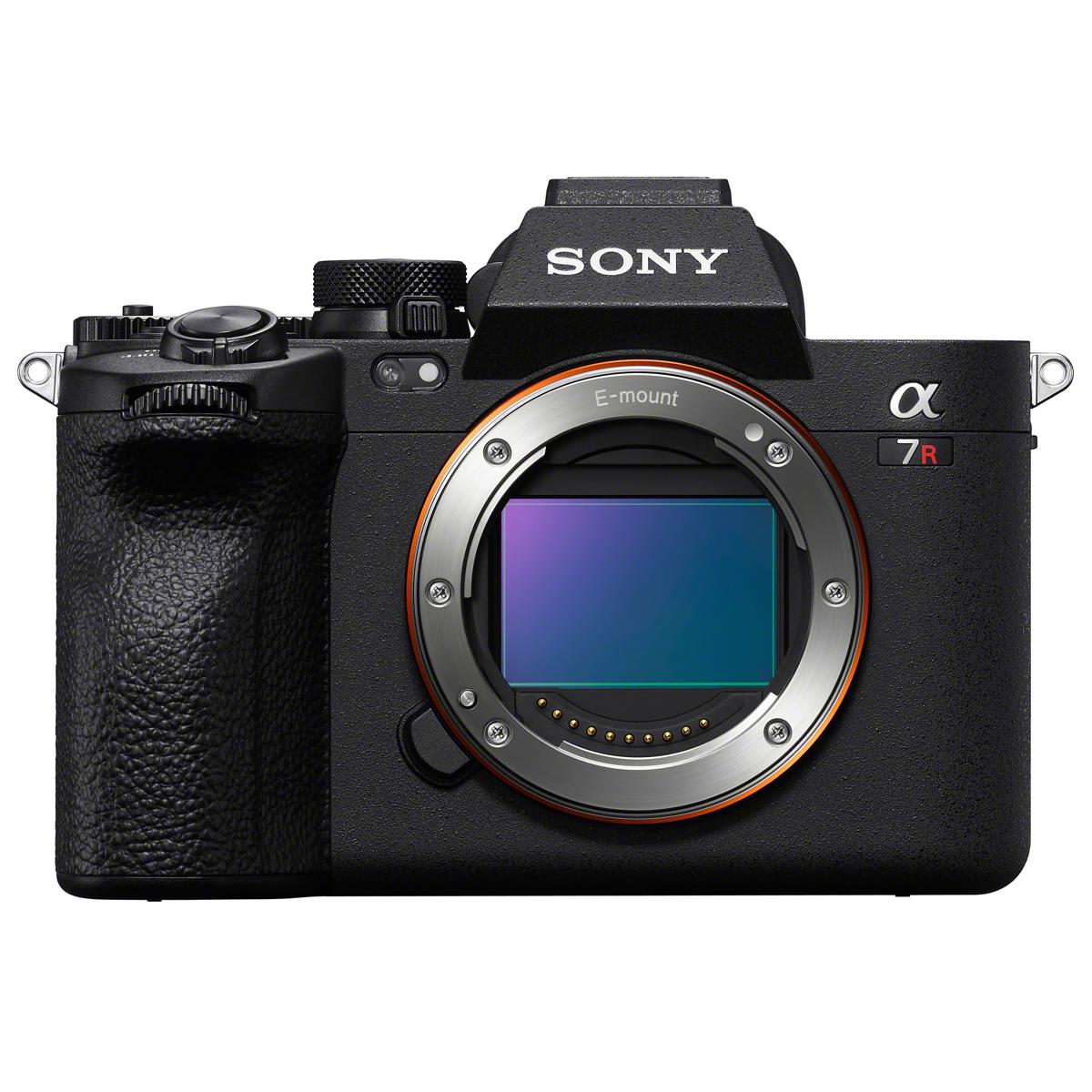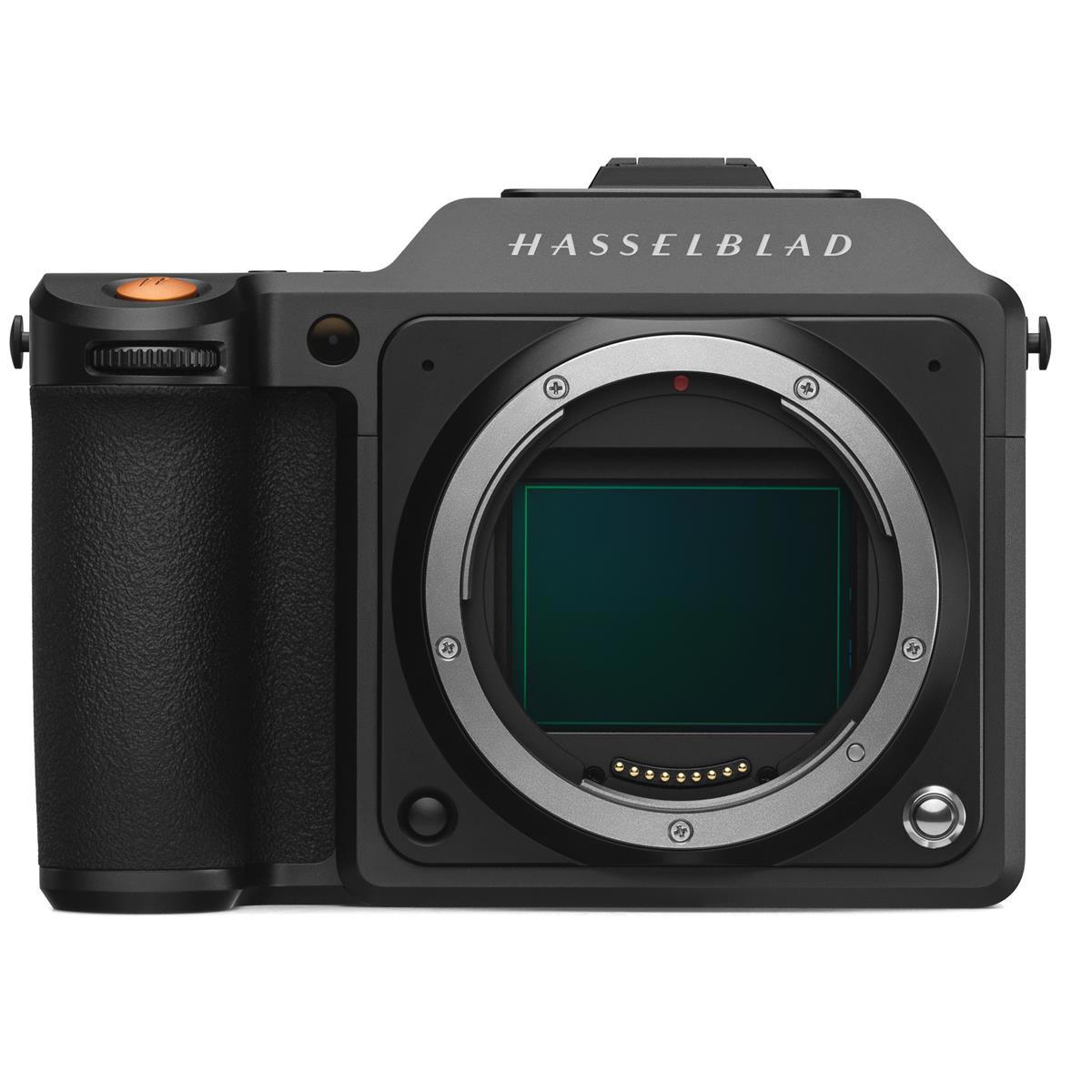Why More Megapixels Aren’t Always Better for Cameras
Explore the truth about megapixels: why more isn't always better. Understand how sensor size, pixel density, and other factors impact image quality, and learn what resolution truly suits your photography needs.
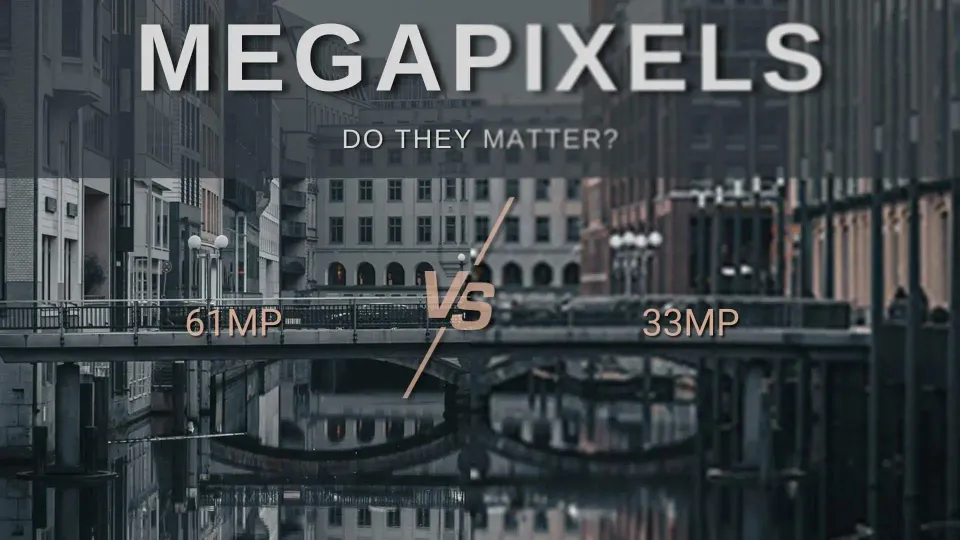
33MP vs. 61MP: Do More Megapixels Really Matter?
Photography has never been more accessible, and with every new camera release, manufacturers tout one major spec: megapixels. It’s easy to assume that more megapixels equal better photos, but is that really the case? I’ve spent years shooting with everything from 12MP cameras to 61MP powerhouses, and I can tell you—resolution is only part of the story.
If you’ve ever felt pressured to chase higher megapixels, let’s break this down together. Because truthfully? The best resolution is the one that fits your needs—not just the biggest number on the spec sheet.
This post contains affiliate links. If you make a purchase through these links, I may earn a commission at no additional cost to you. As an Amazon Associate, I earn from qualifying purchases.
What Are Megapixels, and Why Do They Matter?
Megapixels refer to the amount of detail a camera sensor captures. A 33MP camera produces images with roughly 33 million pixels, while a 61MP camera packs in 61 million. In theory, this means sharper, more detailed images—but there’s a catch.
More megapixels don’t automatically mean better image quality. The sensor size, pixel density, and how those pixels handle light play a much bigger role. Packing more pixels into the same sensor size often leads to drawbacks like increased noise, reduced low-light performance, and massive file sizes.
So, if you’re thinking about upgrading to a high-resolution camera, here’s what you need to consider first.
The Downsides of High-Resolution Cameras
1. Huge File Sizes and Storage Nightmares
Let’s get real: shooting in 61MP RAW will eat up your storage like nothing else. A single RAW file from a high-megapixel camera can be 100MB or more. Compare that to a 24MP or 33MP camera, where RAW files hover around 30-40MB. Multiply that by hundreds (or thousands) of images, and suddenly you’re looking at:
- Needing larger SD cards (expensive, especially high-speed ones).
- More external hard drives for backup.
- Longer upload and editing times—your computer will feel it, trust me.
If you shoot a lot, especially professionally, this can become a logistical nightmare.
Camera File Size Comparison
| Camera | Megapixels | RAW (MB) | JPEG (MB) |
|---|---|---|---|
| Sony A7 III | 24MP | 47MB | 10MB |
| Sony A7 IV | 33MP | 65MB | 14MB |
| Fujifilm X-T5 | 40MP | 80MB | 16MB |
| Sony A7R V | 61MP | 120MB | 20MB |
| Hasselblad X2D 100C | 100MP | 200MB | 30MB |
2. Slower Workflow & Processing Challenges
High-resolution cameras demand more from your gear. You’ll need:
- A powerful computer to edit large files.
- Faster memory cards for high-speed shooting.
- More processing power in-camera, which can impact workflow efficiency.
While both the Sony A7R V (61MP) and Sony A7 IV (33MP) shoot at up to 10 fps, the larger file sizes of the A7R V can fill the buffer faster, requiring longer write times. This can impact continuous shooting efficiency, especially for action photography.
3. Increased Noise in Low Light
More megapixels mean smaller individual pixels, which can lead to worse low-light performance. That’s because small pixels struggle to collect as much light, leading to more grain (noise) in shadows and darker areas.
For example, I’ve shot with the Sony A7R V (61MP) and the Sony A7 IV (33MP). At base ISO, both produce stunning images. But the moment I push past ISO 3200 or 6400, the A7 IV’s lower resolution gives me a cleaner image, while the A7R V starts introducing noticeable grain.
If you shoot a lot in low-light conditions—concerts, events, nightscapes—lower resolution sensors often perform better.
The Benefits of High-Resolution Cameras
That said, high-megapixel cameras have their place. If you’re a photographer who needs the finest detail, there are real advantages:
✅ Cropping Power – A 61MP image lets you crop in dramatically without losing detail. This is great for wildlife photography, where you might not always have the reach.
✅ Large Prints & Commercial Work – If you’re printing billboard-sized images, high resolution ensures crisp details even at massive sizes.
✅ Extreme Detail for Studio Work – Portrait and product photographers often love high-megapixel cameras for capturing skin texture, fabric details, and fine lines.
If you’re in one of these niches, high resolution might be worth the tradeoffs. But for everyday photography? You may not need it.
33MP vs. 61MP: What’s Right for You?
Let’s compare two common resolutions:
🔹 33MP Cameras (Sony A7 IV, Canon R6 Mark II)
- Great balance between detail and low-light performance.
- Files are manageable for editing and storage.
- Ideal for general photography, including weddings, portraits, landscapes, and events.
🔹 61MP Cameras (Sony A7R V, Canon R5, Nikon Z8)
- Incredible detail, but at a cost (storage, processing power, potential noise).
- Best for studio, landscape, and commercial work.
- Not always practical for fast-paced photography.
If you’re mostly shooting for web use, social media, or standard prints, you don’t need 61MP. A 33MP camera already gives you enough resolution for billboard prints.
Final Thoughts: Do You Really Need More Megapixels?
Here’s the reality: megapixels are just one piece of the puzzle. A lower-resolution camera often gives you better low-light performance, smaller file sizes, and a more efficient workflow. Unless you’re doing ultra-large prints or heavy cropping, 33MP is already overkill for most photographers.
Instead of getting caught up in megapixel hype, ask yourself:
❓ Do I need extreme detail, or do I need speed and efficiency?
❓ Do I shoot in low light often?
❓ Can my workflow handle large files?
For most photographers, a well-balanced sensor—like a 33MP full-frame—delivers the best real-world results. And if you ever need more resolution? Stitching panoramas or using AI upscaling can give you that extra detail without the drawbacks.
Camera Resolution & Price Comparison
Choosing the right camera depends on resolution, price, and your photography needs. Below are some top picks.
